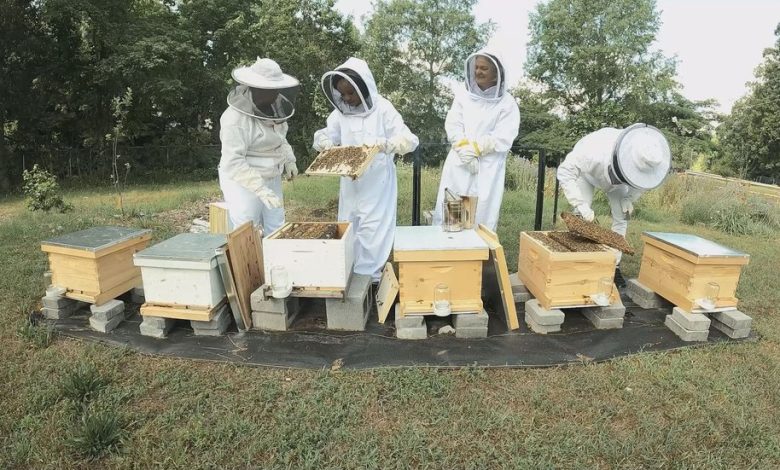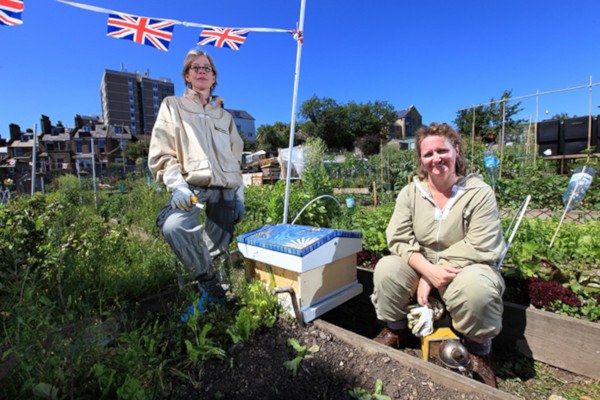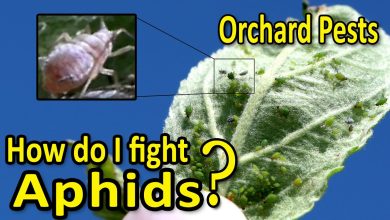Orchards and Urban Beekeeping

Very good to all garden lovers. Today I come to comment on a topic that is very fashionable in the US, has jumped to Europe and is beginning to rear its head in some Spanish cities, it is urban beekeeping, a way of producing honey from honeycombs located on terraces or city balconies.

I don’t want to go into controversies and conspiracy theories, there are quite a few, but it is true that the number of bees has been drastically reduced in recent years, mainly due to the increase in more drastic and harmful chemical treatments on crops. As you know, bees are responsible for pollinating, according to the United Nations for the Environment, more than 70% of the crops that provide 90% of the food we consume, without them the world’s food production could become a utopia… To alleviate this effect and give the city a sweeter touch in recent years, hives have begun to be installed on many rooftops and balconies without putting the inhabitants of the building and its surroundings at risk.
urban beekeeping
Why beekeeping in cities? Although it may seem crazy to place a small colony of bees in the middle of a city, it is not nonsense, the bees take advantage of the adjoining parks, urban orchards and gardens to obtain pollen and feed on it, which favors the pollination of these and gives rise to a honey, according to experts, very rich and intense due to the varied diet that these bees follow, urban parks are characterized by having a great biodiversity of species and bees have more pollen to choose from.
In cities, bees are much more protected from the pesticides that can be found in the fields, so the honey they produce contains less residue and according to some experts, their consumption could even develop defenses to prevent allergies. They are also excellent bioindicators of air quality, if the bees get sick they indicate that the state of the air in the city and the environment is not the most adequate, thus alerting its inhabitants.
Breeding them is even easier than having your own urban garden or growing mushrooms at home. To start with this hobby, it is only necessary to acquire a hive (there are from €60), bees (there are specialized stores that send you 2000 subjects and a queen by mail), a suit with a mask and some care devices such as a smoker.
Relationship with urban gardens
The association between an orchard and a hive of bees is not new, in fact Mendel in the orchard of his famous peas already had between 15 and 36 hives to pollinate it. The benefits of this symbiosis are obvious, our plants will be pollinated giving rise to earlier and better quality fruits and we will be able to obtain honey from our honeycombs.
Now, a bee hive in the city can have a hard time getting pollen if there are no green areas nearby. In cities like London, which have an incredible network of urban gardens, the number of beekeepers has increased by 220% from 1999 to 2012. One of the keys to this increase lies in the ease with which bees find food in the so-called allotments:

In cities where this circumstance does not occur, urban gardens are the key to being able to practice this activity. For example, New York has become one of the leading cities in terms of urban beekeeping and that until 2010 it was considered an illegal activity, fining up to 2,000 dollars to those who practiced it. After the lifting of the ban, many restaurants and hotels decided to set up their hives in impossible places without a large amount of green areas and much of the success of these projects is due to the association with urban gardens on rooftops.
With all this, I think that the association of urban gardens with beehives, like the examples we have seen previously, can become something natural in cities in a few years. It is true that this activity is not allowed in all cities (in Madrid, for example, it is not yet legal, but in Barcelona and Córdoba the installation of beehives in historic buildings has already been approved), it will be a matter of time before it is allowed due to the success of the initiative and the benefits it brings to citizens.
If you are interested in this topic, there is a lot of information on the internet, since most urban beekeepers get information through the network. Here are some links of interest:
New York Beekeepers Association: http://www.bees.nyc/
Signature to allow urban beekeeping in Madrid: https://mieldebarrio.wordpress.com/
If you have noticed that I have not put any image of a honeycomb, it has been so as not to affect the integrity of trypophobic readers. Greetings!


![Photo of Vine Diseases: [Characteristics, Detection and Effects]](https://www.complete-gardening.com/wp-content/uploads/2022/08/vine-diseases-characteristics-detection-and-effects-390x220.jpg)

